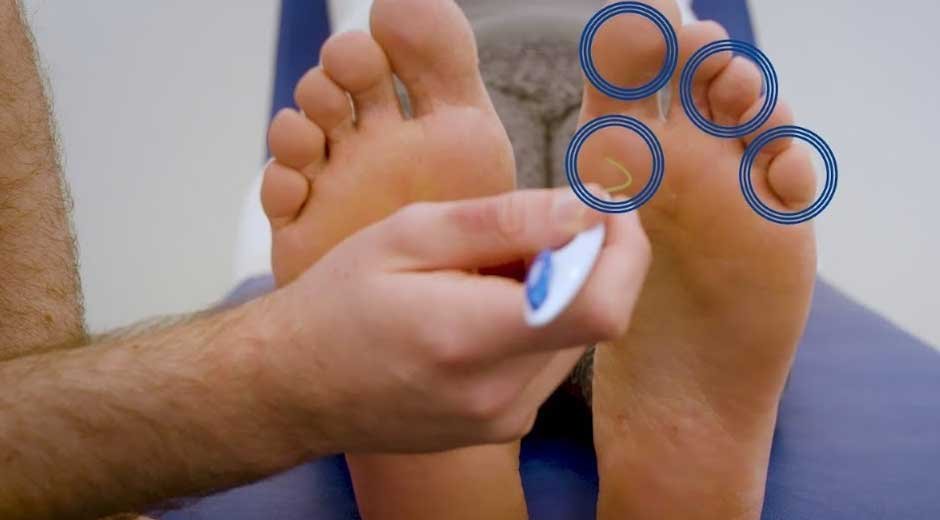Did you know that the diabetic retinopathy market is projected to surpass $14.31 billion by 2031? This shows the importance of early diagnosis and management of this condition.
Diabetic retinopathy is a serious eye condition that affects people with diabetes. It can cause vision problems and even blindness if not treated early. A thorough eye exam is crucial for spotting the first signs of retinopathy.
Learn the steps of a thorough examination for diabetic retinopathy. Start your comprehensive eye health journey now! Click to learn more.
Step 1: Preparing for the Examination
Proper preparation is key for a successful exam. Book an appointment with an eye care professional who specializes in diabetic eye conditions. Before the exam, share your full medical history, including your diabetes management.
Tell them about any recent changes in your vision. Also, provide a list of all medications you’re taking. Wear comfortable clothes and bring any previous eye exam records if you have them.
Step 2: Initial Assessment
When you arrive, the eye care specialist will begin with a basic check-up. They will measure your visual acuity to see how well you can see at different distances.
Next, they will examine the outer parts of your eyes, like the eyelids, eyelashes, and eye surface. This helps them get a picture of your eye health. The specialist will also check for any signs of irritation or infection.
Step 3: Pupil Dilation
The next step is dilating your pupils with special eye drops. These drops make your pupils wider, allowing the doctor to see the inside of your eyes better. This includes looking at the retina and optic nerve.
After dilation, your eyes will be more sensitive to light. Many patients wonder, can you drive after eye dilation? It’s best to have someone drive you home after the exam.
Step 4: Fundus Photography Examination
After your pupils are dilated, the doctor will use a slit lamp. This is a special microscope that helps the doctor look at the retina closely. They will check for signs of diabetic retinopathy, like swelling, bleeding, or changes in blood vessels.
The doctor may also take digital images of your retina for a better look. These images help track any changes over time. This also helps get the best results from the exam.
Step 5: Additional Testing
Sometimes, your doctor may suggest extra tests if they find signs of diabetic retinopathy. These tests help the doctor see how much damage has been done.
They may take a few minutes to complete. You might feel a little discomfort during these tests, but they are quick. The results help guide the best treatment for your eyes.
Step 6: Developing the Treatment Plan
If diabetic retinopathy is found, your doctor will talk about treatment options. These may include laser therapy, medication injections, or surgery. This will be based on how severe the condition is.
You will also need regular follow-up visits to check your eye health. These visits help the doctor see if the treatment is working.
Protecting Your Vision With a Thorough Examination
Understanding the process of a thorough examination for diabetic retinopathy is key to managing your eye health. Regular exams and following your doctor’s advice can help protect your vision.
Don’t wait for problems to appear. Booking your exam today is a good step toward taking care of your eyes. Early detection makes treatment easier and more effective.
If you’d like to learn more, check out more articles on our blog.







